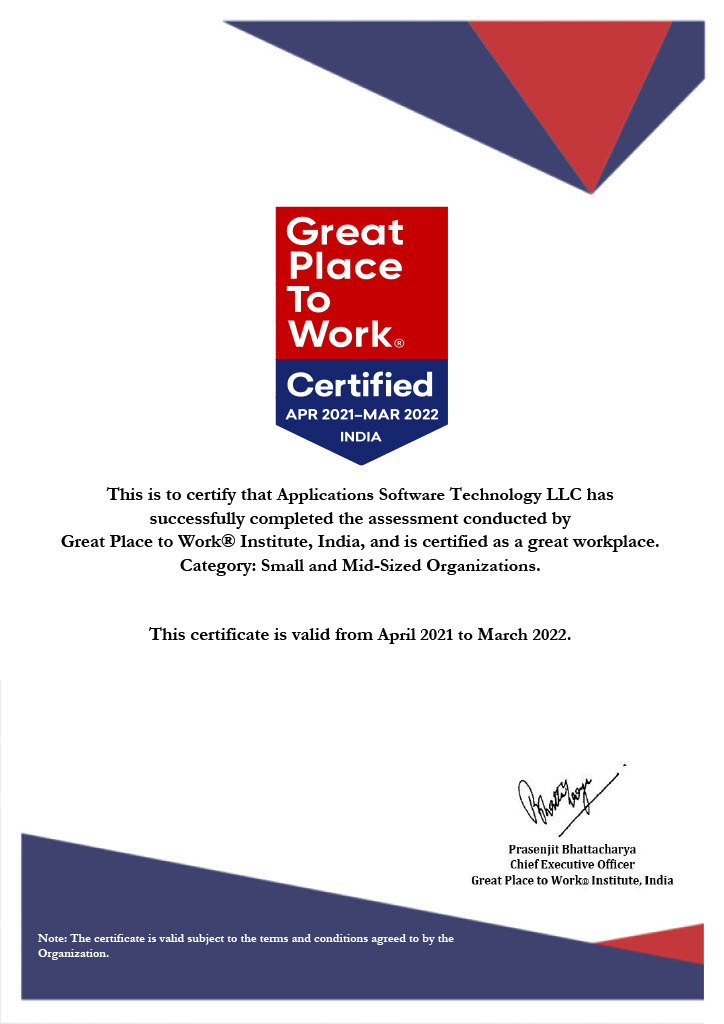Source: NetSuite Blogpost
Organizations face a challenging future—one where existing competitors are constantly innovating, and new start-ups are reinventing entire business models thanks to evolving technology. For the modern CFO, inertia is not an option.
It’s a Balancing Act
Customer-facing technology investment has long been the preferred choice for many companies looking at new technologies. But organizations that continue to focus on front-office functions to the detriment of back-office systems, or worse, those that have no strategy for innovation investment at all are slower and less accurate at forecasting than organizations with a balanced approach.
A recent survey from FSN Modern Finance Forum found that companies that approach technology investment with a balanced hand are better at nurturing innovation. They share ideas and skills, they are not afraid to make mistakes, and innovation is an absolute priority. The survey also found that businesses that balance their tech investments face fewer cultural obstacles like in-house politics or risk aversion, and they find it easier to identify tech-savvy talent to bring about change.
Whilst investing in the front-end systems will undoubtedly lead to an aesthetically pleasing experience for the consumer, it’s an investment in the back-end systems that will ultimately lead to an overall positive customer experience, accommodating increasingly high customer expectations. By accessing both operational and financial data in one place, finance departments can have a clearer, more reliable, 360-degree view of the business—supporting data-driven decision-making, allowing for personalization of the customer experience, improving delivery times with smarter order management, reducing wasted stock and avoiding customer disappointment with enhanced inventory visibility.
Overcoming the Significant Challenges to Innovation
Even once a finance function knows the type of innovation it requires, innovation in any form requires real change, and there are many obstacles affecting that change. According to the FSN global survey, the most prolific are culture, time and a lack of credible and accurate measures of innovation success, like proving ROI.
Culture can quickly inhibit change if there isn’t a concerted effort, driven from the top, to encourage and foster innovation. Where mistakes are relentlessly punished, no one will be prepared to try new ideas, and if the finance function is not viewed as a source of innovation by the rest of the management team, it will be extremely difficult to articulate the value of innovation within it and to then make a case for investment.
To put together a proposal for innovative investment, CFOs and their senior finance executives need to be able to measure the return on investment (ROI), but the FSN survey finds that there is very little agreement on how to go about it. According to the survey, 75 percent of CFOs believe traditional methods of ROI are unsuitable measures of innovation success, being that they are unable to adequately capture the intangible benefits of digital innovation.
It’s not always internal culture that is the stumbling block. Sometimes the obstacles to innovation success come down to regional differences in culture. The survey shows that the majority of North American organizations are less risk-averse, while European companies are more likely to be held back by the perceived risk of failure.
Europe was found to be the most conservative in its approach to innovation, had more issues with finding top talent and was less able to make a business case for innovation than their North American peers. Of course, taking into consideration that each business is different and that there are very successful and innovative organizations in all regions, it is still worth understanding these regional differences when CFOs look to tackle the obstacles in their path.
Time is a seemingly tangible benefit and measure of the ROI of digital innovation, but on the flip side, it is also a major reason why innovation is neglected. The FSN survey found that 67 percent of CFOs and their senior finance executives say that too many of their resources are tied up with legacy systems and traditional ways of working, leaving little time to innovate.
With only a fraction of time invested in innovation, the rewards would, however, be manifold. Automation frees up finance professionals for more value-added roles, and the new innovations in financial technology, like robotic process automation and machine learning, are improving insights and clearing the way for the finance function to become a strategic contributor to the business.
If these obstacles are not overcome, the finance function is in danger of falling behind the rest of the organisation, with the potential risk that the entire business could get left behind by its competitors.
Valuable Insights
True innovators are those finance functions that adopt technology early and encourage an active culture of innovation across the business. These are CFOs and finance executives who, as they play an active role in innovation, can re-forecast quicker, close the books faster and forecast more accurately than those who ignore innovation or don’t set aside the resources to embrace and benefit from it.
This post was originally published by CTR. CTR was acquired by AST in January 2023.
